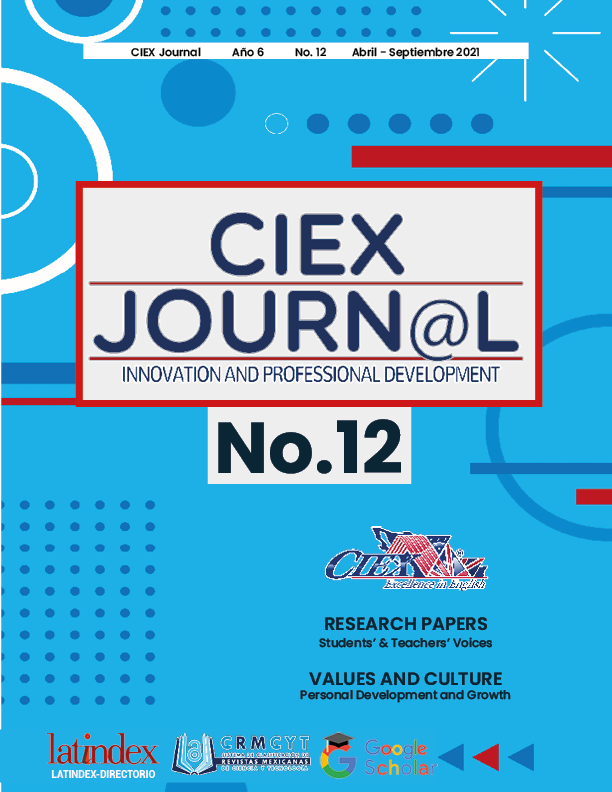Study of the Use of Tangible-Ludic Materials in Elementary School
Palabras clave:
Tangible-ludic material, Teaching Languages, Meaningful LearningResumen
In the current educational environment, it is essential to search for strategies to improve meaningful learning through tangible-ludic materials. An open issue is the lack of interest from the students in the process of learning English as a foreign language through a traditional approach, where the students only repeat structured monotonous sentences and have a limited interaction with educational material. The goal of this paper is to identify the effects of the use of tangible-ludic materials – the type of material that students can handle and touch and which appeal to their sense of fun and curiosity – at a primary school, particularly in second grade. We carried out an action research initiative to observe the student’s reactions and the learning of vocabulary level A1 acquired through the use of the designed set of nine tangible-ludic materials originally meant for kindergarten age children. The idea of using tangible-ludic materials with this particular group of children was to innovate the process of understanding inside the classroom and stimulate the creativity of the students. The data collection was done through the use of field diaries, an interview, and a questionnaire. The resulting data was then analyzed to find out the impact of these materials in these children’s learning of vocabulary. As a result of this initiative, we concluded that the use of tangible-ludic materials impact meaningful learning positively; identifying six significant effects: tangible ludic-materials act as classroom motivator, effective language reproducer, learning appropriation promoter, teamwork facilitator, stimulant of meaningful learning, and as a natural aid in authentic classroom management.
Descargas


